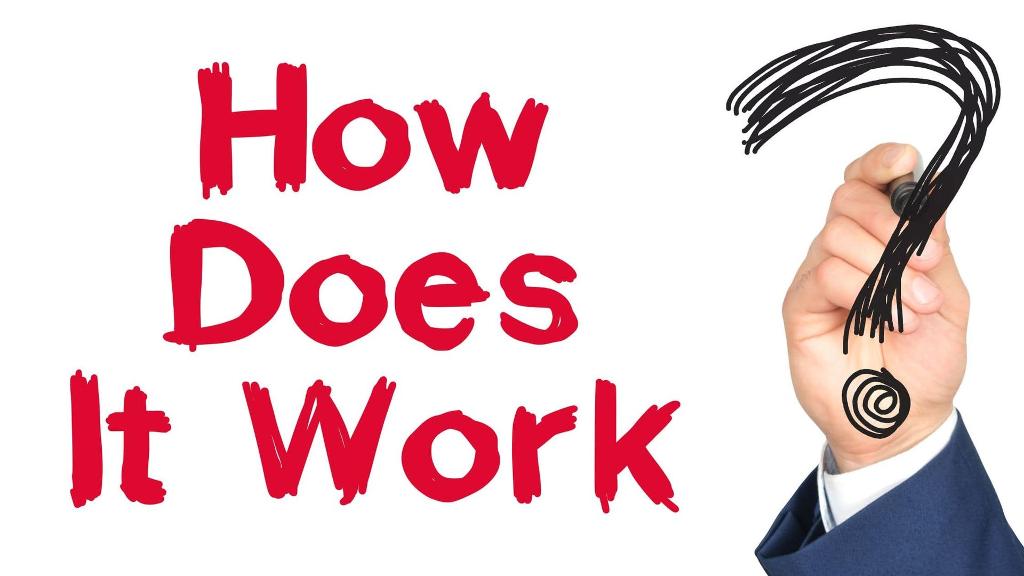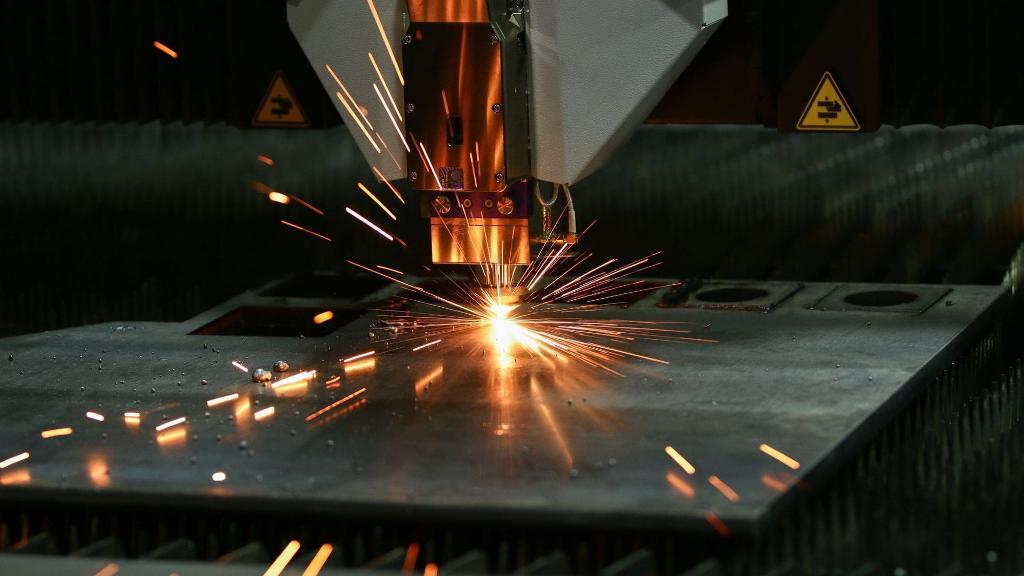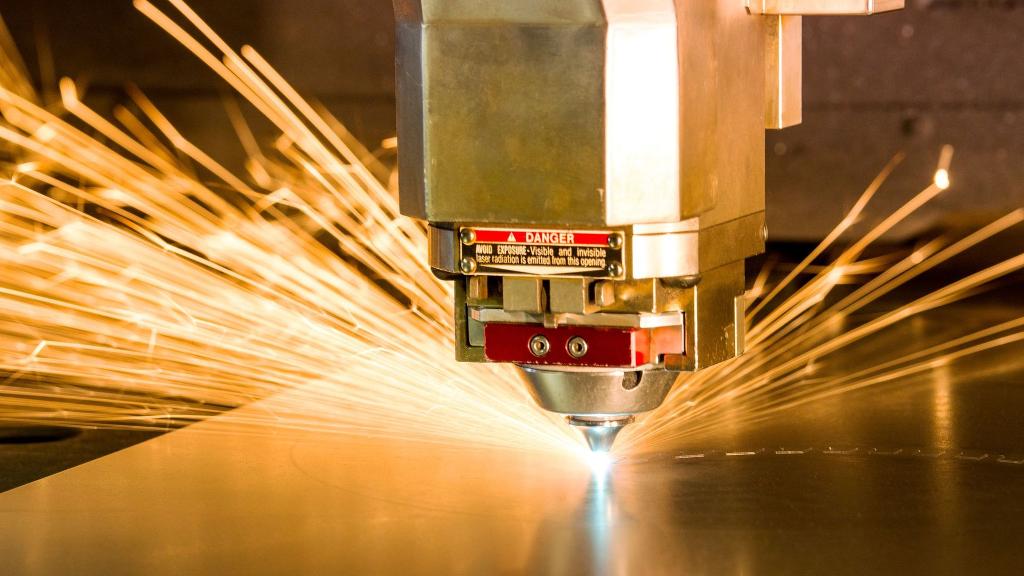Laser cleaning solutions are becoming the norm in industrial applications. The capabilities of laser cleaning solutions are unmatchable by alternative cleaning processes. The ability of laser cleaning systems serves aesthetical, functional, and physical purposes.
Therefore, professionals new to the technology often ask, 'what is laser cleaning?' Understanding the capabilities of laser cleaning can improve the outcome of any manufacturing process.
This article will have an in-depth discussion on the concept of laser cleaning. You will be able to learn the working process of laser cleaning machines, different methods, types, parameters, and a lot of other valuable information.
What is Laser Cleaning?
Laser cleaning is a form of laser ablation that uses a high-energy light beam to remove contaminants from a material's surface. Laser stands for Light Amplification by Stimulated Emission of Radiation.
Laser cleaning process uses short pulses of a laser beam. The pulse is high frequency to increase its stored energy. Additionally, the beam diameter is focused on a very small area.
When the high-power lasers fall on a contaminated surface, the contaminants absorb the stored energy. High-energy lasers vaporize the contaminant particles when they come in contact. This results in complete contaminant removal from the surface. Common contaminants include oxides, oils, phosphates, paint, or any other unwanted material layers.
The focused laser beam can be controlled to move over the required areas of the material. In this manner, it can provide a highly direct cleaning operation, leaving out any sensitive areas that do not require cleaning.
Who invented Laser Cleaning?
JF Asmus invented laser cleaning technology in 1973. He proposed the idea of laser cleaning for restoring artwork. However, the laser technology at the time was quite restricted. The development of laser technology combined with the ideas of JF Asmus resulted in the laser cleaning technology of this day and age.
How Does Laser Cleaning Work?

The process of laser cleaning is based on the physics of light amplification and energy released through these rays. There are various steps involved from preparation to post-treatment. Let us study these steps one by one:
What is the process of laser cleaning?
1. Pre-requisites
Before starting the laser cleaning process, it is important to know the laser ablation threshold of the unwanted material. The ablation threshold is the minimum energy limit of the laser over which the unwanted material will vaporize. The ablation threshold differs for individual materials like oxides, rust, paint, oils, etc. Therefore, knowing this value for the particular material you wish to remove is important.
Shooting the laser beam below the ablation threshold will not have any effect. Keeping the laser beam too far beyond the ablation threshold can harm the main workpiece. Therefore, the value of laser energy should be slightly above the ablation threshold. Additionally, the difference between the ablation thresholds of unwanted material and the underlying surface should be sufficiently large.
2. Laser Setup
Every laser cleaning machine comes with its own setup guidelines. Read your machine's manual to know how to get it ready. It is important to have eye protection beyond this point.
3. Beam Delivery
The laser beam is pointed toward the workpiece material. The beam is sent in short bursts instead of long exposure. The delivery method and movement of the laser depend on the type of laser cleaning system being used. Certain laser systems can scan the workpiece for areas that require cleaning. The operator can adjust the scanning speed.
4. Plume Extraction
When a high amount of contaminant particles are removed, an up-flow of vapor takes place. The plume can block the path of the laser and settle on the workpiece again. Therefore, the plume extraction process takes place. A dust-blowing mechanism ensures the plume does not settle again or block the laser cleaning process.
5. Inspection
A workpiece inspection ensues to determine if the task has been completed successfully. If any traces of contaminant is found, the workpiece goes for a repeat cycle of laser cleaning.
6. Post Treatment
Once cleaning is complete, the workpiece goes for secondary treatment processes. Secondary treatment is optional and depends on the requirement of the job. For instance, the workpiece should be coated with anti-corrosion layers after rust removal through laser cleaning. This prevents future contamination with rust.
Laser Cleaning Modes
There are two modes of laser cleaning operation:
Pulsed Laser Cleaning: Pulsed laser cleaning features a high-frequency alternating laser beam for the cleaning process. The pulsed laser beam provides a short burst of energy to the contaminant, removing it instantly. The pulsed laser beam is the preferred laser cleaning mode.
Continuous Laser Cleaning: Continuous laser cleaning has a longer exposure of the part to the laser beam. This results in a deeper cleaning of the workpiece. However, it has the risk of overheating the underlying material and damaging it.
What are the Different Methods of Laser Cleaning Processes?

There are two different methods in which you can execute the laser cleaning technology. These are:
Dry Laser Cleaning
Dry laser cleaning directly irradiates the surface with the laser beam. Laser ablation of the contaminants takes place. Contaminant particles vaporize and get removed from the surface. Dry laser cleaning works great for the surface cleaning of sensitive materials such as artwork.
Wet Laser Cleaning
Wet laser cleaning starts by applying a liquid layer on the surface. After that, the laser ablation is started. The laser beam heats and vaporizes the liquid layer. Vaporization of the liquid film causes shock to the contaminants, dislodging them from the surface. A major requirement for wet laser cleaning systems is that the contaminants do not react with the liquid film. It can cause unwanted chemical reactions and make cleaning harder.
What are the Different Types of Laser Cleaning Machines?

Many different types of laser cleaning systems are available to suit various requirements. Let us discuss these types of laser cleaning machines one by one:
Handheld Laser Cleaner: A handheld laser cleaner is a small device that can be held and operated manually. The laser delivery device is connected to a control unit. The control unit is a little bulky but still portable and manageable.
Conveyor Laser Cleaner: A Conveyor laser cleaning machine has a laser device mounted on conveyors. The workpiece automatically feeds to the laser and the entire surface can undergo scanning and cleaning inside the laser compartment. These machines fit well into the assembly production line where products move on conveyors. A common example is the automotive industry.
Robotic Laser Cleaner: Robotic laser cleaner has beam delivery systems mounted on the arms of robots. Another option is to use Computer Numerical Control (CNC) to control the movement of the laser around the part.
Enclosed Laser System: Enclosed laser system features an enclosure where the part is confined for laser cleaning. The operator cannot access the part during the cleaning operation. This increases the safety of the workforce in the process.
Types of Laser Based on Emission Source
The lasers can be classified into many different types based on the source and method of emission. These different types of lasers are:
CO2 Laser: In a Co2 laser, an electric current passes through a Carbon Dioxide (CO2) gas chamber. This results in the emission of a visible laser. It is one of the most common types of laser emission systems. These lasers are a subtype of gas lasers. Other alternatives for CO2 are helium-neon, argon, and krypton.
Solid State Laser: Solid state laser replaces the gaseous CO2 medium with a crystal structure. The crystal contains glass or ruby mixed with a special rare earth material such as chromium, neodymium, erbium, etc. Neodymium-doped Yttrium Aluminum Garnet (Nd: YAG) is a common example of such a laser.
Fiber Laser: Fiber laser has a silica-based optical fiber as the medium. The fiber contains traces of rare earth material as well. Fiber laser can be highly focused on a very small area. These lasers are smaller in size. Additionally, they have a low-cost operation. It is the most preferred emission type in laser cleaning.
Semiconductor Laser: Semiconductor laser is also known as direct diode laser. It uses a diode made of a special diode that can undergo spontaneous emission. The diode emits the laser beam on the application of current.
What are the Advantages of Laser Cleaning?

Laser cleaning has a lot of benefits to offer compared to any other alternatives. Some of these benefits are:
Selective Cleaning: Laser cleaning can target the contaminant layer that requires removal. The underlying material will always be unharmed by the process.
Consumable Free: There are no solvents or chemicals required for laser cleaning. It is a completely consumable-free process.
Versatile: Laser cleaning is a very versatile process. It can apply to all types of materials. The important thing is to know the ablation threshold.
Speed: Laser cleaning is a high-speed process. There is no drying time or waiting period, unlike chemical cleaning. Additionally, the speed of high power lasers can clean any material within seconds.
High-quality Results: Laser cleaning efficiently cleans the surface, providing a very high quality surface finish.
Material Integrity: The material integrity remains preserved in laser cleaning. This is because the laser only interacts with the contaminant, and its energy is too low to harm the underlying metal.
What Parts Can a Laser Clean?
Laser cleaners are used to clean a lot of different unwanted particles from metal surfaces. Some common examples are:
Rust: Laser rust removal is one of the most common laser cleaning applications. Lasers can remove corrosion contamination on all types of metal surfaces.
Paint: Laser cleaning is a great way to remove paint when repainting surfaces. Chemical cleaning of paint is often degrading for the underlying metal.
Grease and Oil: Grease and oil contaminant removal is a common requirement for all types of surfaces. Laser surface cleaning can clean these materials in a no-contact process.
Dirt: Dirt accumulation takes place on all surfaces. Laser cleaning removes dirt particles without requiring manual dusting or wiping.
Adhesive Bonding: Adhesive bonding residue is difficult to remove without chemical products. Laser cleaning is the best process to remove adhesive bonding without chemical products.
Historical Artifacts: Historical artifacts are sensitive to damage. Laser cleaning provides the extreme care to clean these pieces without damaging them.
PCBs: Electronic parts like PCBs are sensitive to fluids due to electrical faults they can create. Laser is a great way to clean electronic components without causing electrical failure.
Besides the parts above, laser cleaners can use many other objects. These are:
Medical equipment
Glassware
Optics
Automotive industry parts
What Materials Can a Laser Clean?
Laser cleaning can clean a lot of different materials, like:
Metal surfaces
Plastics
Glass
Ceramics
Stone
Concrete
Industrial Applications of Laser Cleaning Systems
Laser cleaning is preferred over traditional industrial cleaning methods in many different sectors. Some of most common applications of laser cleaning are in these industries:
Automotive
Aerospace
Medical
Cultural and Heritage
Electronics
Glass and Optics
Semiconductor
Metal Fabrication
Printing
Is Laser Cleaning Safe?
Yes, laser cleaning is a completely safe process. However, it is important to use the laser cleaning system in the intended way it is designed for. Laser cleaning has a safety protocol that keeps human organs like the eyes out of harm's way. Wearing eye protection when using laser cleaning is of prime importance.
Is Laser Cleaning Environmentally Friendly?

Yes, laser cleaning is a very environmentally friendly solution. Unlike traditional cleaning methods, laser cleaning does not rely on chemicals that harm the environment. Additionally, it adds to the recyclability and reusability of parts. This makes laser cleaning a green and sustainable solution.
Is Laser Cleaning Expensive?
No, laser cleaning is not at all expensive. In fact, it is one of the cost-effective ways of industrial cleaning. Laser cleaning uses no consumables like traditional cleaning methods do. Therefore, the operational cost of laser cleaning systems is next to none. The only important thing is the initial investment when buying the machine.
Important Things to Consider When Buying or Using a Laser Cleaning Machine
Laser cleaning machines, like the ones provided by Allied Scientific Pro, are versatile regarding the materials and contaminants they can clean.
However, it is important to consider certain factors beforehand when choosing a laser cleaning system for a particular application:
Laser Power: Laser power is the main factor determining the amount of energy stored in a laser. The unit of laser power is Watts (W). A pulsed laser beam has short bursts of high energy. Therefore, laser power for such beams is measured as an average value. The peak energy in a pulsed laser beam can be a hundred times more than the rated laser power. Lasers usually come with multiple power settings.
Fume Extraction: The fume extraction system should be used in conjunction with the incident laser beam. A good fume extraction system keeps the vapor out of the way of the laser radiation.
Pulse Duration: Longer pulses increase the exposure to the laser treatment. Too long a duration can damage the underlying material. Too short a duration can be insufficient to clean the material. Choose a duration value that can complete the job correctly.
Scanning System: A scanning system can check the contaminated areas and automatically redirect the laser to clean them. This provides quick and completely automated laser processing for cleaning.
Type of Contaminants: Different contaminants have different ablation thresholds. Understand the contaminant you want to clean before using the laser pulse.
Cost Effectiveness: Cleaning is generally a secondary finishing process for most industries. Ensure that the budget you spend on laser cleaners can be a cost-effective solution for your industry.
Reliable: The laser cleaning machine should be reliable to withstand the intended industrial use. Any breakdowns of the machine can cause supply chain disruption and downtimes.
Laser Cleaning vs. Traditional Cleaning Methods
To evaluate the efficacy of laser technology, it is important to compare it against other cleaning methods.
Laser Cleaning vs. Sand Blasting
Laser cleaning is significantly preferable over the sandblasting process. Sandblasting relies on a high volume of sand for its operation. Additionally, the ability of the process is very limited. It is also harmful to the operator. However, laser systems have no such downsides.
Laser Cleaning vs. Chemical Cleaning
Chemical cleaning requires harmful chemicals that can damage the part. Additionally, chemicals are not environmentally friendly. The cost of using chemical consumables is also high. Laser systems provide a cheap and environmentally friendly option against chemicals.
Endnotes
Laser technology has considerably optimized how industrial cleaning is done. The no-contact laser cleaning technology can remove contaminants at surprisingly fast speeds. If you are looking for a cleaning process for your workshop, the laser cleaning method can be the perfect fit for you.